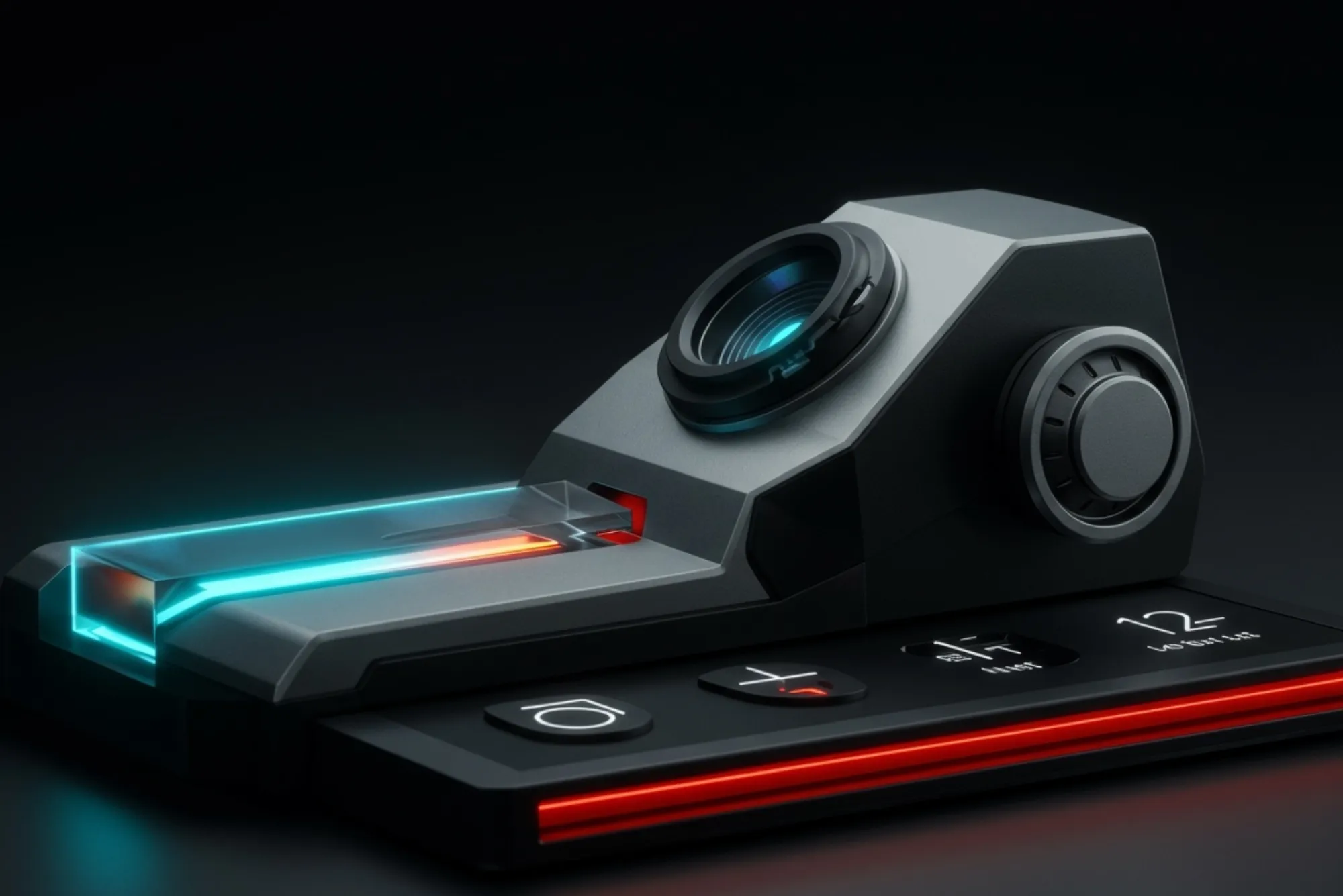Navigating ships at sea is an essential part of maritime operations, ensuring the safe passage of vessels from one port to another. While modern navigation techniques have revolutionized the process, maritime navigation has deep roots in centuries-old traditions. In this article, we will explore how ships are navigated at sea, covering traditional methods, advanced technologies, and the overall process of ensuring safe and efficient voyages.
The Traditional Methods of Navigating Ships
Before modern technology, sailors relied on natural phenomena to guide them across the seas. These traditional methods of navigation included celestial navigation, dead reckoning, and observing the stars, the sun, and the moon. The art of navigation at sea has been refined over thousands of years, with sailors learning how to use the position of celestial bodies to calculate their location.
Celestial Navigation
Celestial navigation is one of the oldest methods of navigation at sea. It involves using instruments like the sextant to measure the angle between a celestial body (such as the sun or stars) and the horizon. Sailors would then use these measurements to calculate their position and determine their course. This method was especially useful for long voyages, allowing sailors to navigate even when they couldn’t see land.
Dead Reckoning
Another traditional method, dead reckoning, involves calculating the current position of a ship by measuring its speed, course, and time traveled. Sailors would use a compass to determine their direction and log their progress, estimating their position based on their last known location. Although this method is less accurate than celestial navigation, it was widely used when navigating without visible landmarks or celestial bodies.
Compasses and Maps
Compasses were essential for maritime navigation, allowing sailors to maintain their course even when out of sight of land. Early compasses used a magnetic needle to point to magnetic north, and they helped guide sailors across the vast expanse of the oceans. Maps were also critical tools, and over time, more accurate charts were developed to improve navigation.
Modern Navigation Technologies
Today, the methods of navigating ships have evolved thanks to advancements in technology. The introduction of GPS, radar, and other electronic navigation systems has made maritime navigation much more accurate and efficient. These technologies are used in conjunction with traditional methods to enhance safety and reliability.
Global Positioning System (GPS)
The Global Positioning System (GPS) is a revolutionary tool for modern navigation. GPS uses a network of satellites orbiting the Earth to pinpoint a vessel’s exact location anywhere on the globe. This system has made it possible to track a ship’s position with incredible accuracy, reducing the risks associated with navigation. For maritime purposes, GPS helps sailors plot their course, monitor speed, and make real-time adjustments to avoid obstacles or dangerous weather conditions.
Radar and Sonar
Radar and sonar technologies play a crucial role in modern navigation. Radar uses radio waves to detect objects, such as other ships or land, and measure their distance. This is particularly useful in poor visibility conditions, such as fog or storms, where visual sighting is impossible. Sonar, on the other hand, uses sound waves to detect underwater objects, including submerged rocks and the ocean floor. Both of these technologies help ensure that ships can safely navigate through busy waters or in adverse conditions.
Electronic Chart Display and Information Systems (ECDIS)
Another key innovation in modern navigation is the Electronic Chart Display and Information System (ECDIS). ECDIS provides a digital map of the ship’s surroundings, offering real-time updates on hazards, sea conditions, and potential threats. It integrates with other systems, such as radar and GPS, to offer a comprehensive navigation solution. ECDIS has replaced paper nautical charts on many vessels, streamlining the process of navigation and improving safety.
Onboard Coordination and Design
Successful navigation at sea requires precise coordination between the crew, the ship’s technology, and the environment. Onboard design plays a significant role in this, as the layout of a ship can affect its maneuverability and the ease with which the crew can operate navigation tools.
Yacht Styles for Different Needs
When it comes to yachts, there is a wide variety of styles designed to meet specific needs. Luxury yachts, such as those used for VIP yacht dinner events, offer high-end amenities and exceptional comfort. These yachts are equipped with the latest navigation systems to ensure smooth travel across the seas. Whether it’s a small private yacht or a massive superyacht, the design and size of the yacht influence its navigational capabilities.
For those looking to rent a yacht, it’s important to understand the different yacht types available. Larger yachts often come equipped with sophisticated navigation and communication systems, while smaller yachts may require more hands-on coordination from the crew.
Seasonal Sailing Trends
The time of year also impacts navigation strategies. During certain seasons, like the summer, maritime traffic increases, which can lead to more congested waters. Navigators must consider these trends and adjust their routes accordingly. Additionally, certain regions may experience strong winds, unpredictable currents, or other environmental factors that influence navigation decisions.
Coordinating the Crew
Efficient onboard coordination is critical for a smooth navigation process. The ship’s captain must work closely with the crew to monitor the ship’s systems, communicate with external authorities, and make decisions based on real-time data. Navigation officers play a key role in interpreting radar, GPS data, and weather reports, ensuring the ship follows its planned course.
Accessories and Tech for Modern Yachts
Modern yachts are outfitted with a range of technology that enhances both comfort and navigation. From advanced autopilot systems to interactive dashboards, technology plays an integral role in the operation of yachts.
Tech Enhancements for Navigation
Yachts designed for luxury cruises, including those offering VIP yacht dinner experiences, incorporate the latest tech enhancements. These yachts typically feature automated systems that can assist with navigation, reducing human error and improving efficiency. Additionally, systems like collision avoidance technology help ensure the safety of passengers and crew, making modern yachts safer than ever.
Interior Design and Color Combinations
The interior design of a yacht also plays a role in how the crew and passengers interact with the ship. A well-designed interior can help improve the functionality of the navigation area, making it easier for the crew to access important instruments. In addition, the color scheme and layout can affect the mood on board, with many yachts opting for calm, neutral tones that promote relaxation during long voyages.
Budget-Friendly Yachting Tips
For those looking to embark on a yacht adventure without breaking the bank, there are a few budget-friendly options available. Opting for smaller yachts or renting a yacht for a limited period can be an affordable way to experience the luxury of yachting. Rent a yacht for a short-term vacation or a special event like a birthday or anniversary, and enjoy the luxury without the hefty price tag.
Common Yacht-Buying Mistakes to Avoid
When purchasing a yacht, it’s essential to avoid common mistakes that can lead to disappointment or unexpected expenses. One of the biggest mistakes is not considering the long-term maintenance costs. Yachts require regular upkeep, including servicing navigation equipment and ensuring that all systems are functioning correctly. Another mistake is not fully understanding the yacht’s capabilities in different sailing conditions. It’s important to choose a yacht that suits your needs, whether for leisurely coastal sailing or more rigorous ocean voyages.
Conclusion
Navigating ships at sea has evolved from traditional methods to advanced technological systems that enhance both safety and efficiency. Whether sailing for leisure, embarking on a VIP yacht dinner, or navigating through busy commercial waters, understanding the principles of maritime navigation is key. By combining traditional methods with modern technologies, sailors today can ensure safe and smooth voyages, even across the most challenging waters. And for those looking to enjoy a yacht experience, rent a yacht can offer a perfect blend of luxury and adventure on the open sea.











